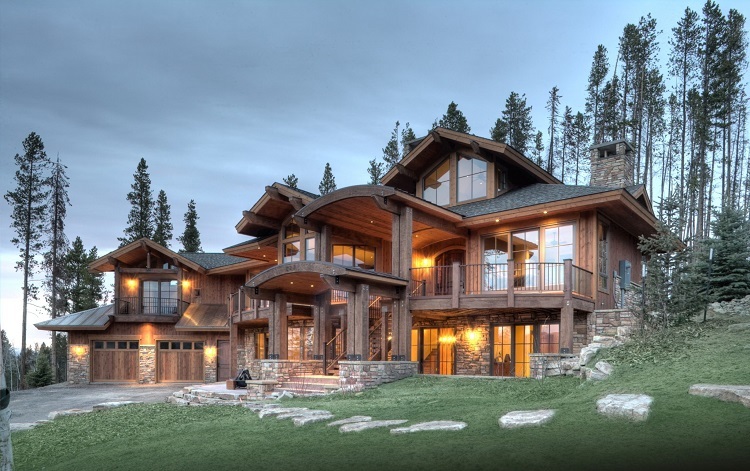 Energy Performance Certificates were introduced in Belfast, Northern Ireland, in July 2008 as part of a European directive to improve energy efficiency in houses across Europe.
Energy Performance Certificates were introduced in Belfast, Northern Ireland, in July 2008 as part of a European directive to improve energy efficiency in houses across Europe.
Epc4less who survey the houses in Belfast for Energy Performance Certificate, (search EPC Belfast online), have concluded that low energy lights have a slightly better energy rating than the ordinary bulbs. However, making an investment to switch over to energy-saving bulbs saves money in the long term.
Table of Contents
How low energy bulbs work
Energy-saving lights are compact fluorescent lamps which are fundamentally different from the traditional incandescent lamp bulbs. The traditional incandescent lamp glows due to heating of a wire filament because of the current flowing through it. In a CFL, an electric current passes through a tube containing argon and a small amount of mercury vapour which generates an invisible ultraviolet light. This causes the fluorescent coating (called phosphor) on the inner side of the tube to emit visible light.CFLs need a little more energy when first turned on but as the current starts emitting a visible light it uses about 70% less energy than an incandescent bulb.
Energy Saving Lights: Impact on Environment
Reduction in power usage by low energy lamps eventually contributes to lowering the emission of carbon dioxide into the atmosphere. As an estimate, replacing a traditional bulb with low energy lamp can reduce the carbon dioxide emission by 2000 times its own weight in the life course of typically around 5 to 8 years.
Various forms of lower energy light bulbs are now available which include low energy spotlight fits and down lighters. The use of normal light bulbs in formerly used multi-spot ceilings made the lighting system very power-hungry. In a room when spotlight bulbs of 60 watts are replaced with 10 energy-saving spotlight lamps of 9 watts, it takes only 90 watts instead of 600 watts for lighting the whole room.
Some Technical Suggestions
Similar to traditional light bulbs, energy-saving bulbs also have a small amount of mercury in them. This will not cause any trouble during their life cycle but one must be careful while disposing of them. Ideally, instead of discarding these light bulbs in a landfill, they should be recycled.
Cost
The cost of fitting energy-saving lamps will vary depending on the number of rooms in your home and on the type of low energy lights you have already installed. You should expect a cost of £1 to £2 for each energy-saving bulb and £3 to £5 for each low energy spotlights.
Impact of Energy Saving Lightson Energy Performance Certificate
The property which uses low energy lights has 1 to 3 additional points in their Energy Rating when compared to the property of same size, style, and age of built not using low energy lights. For further advice on the impact of energy-saving lights on the Energy Performance Certificate, contact epc4less or visit the Energy Saving Trust.








